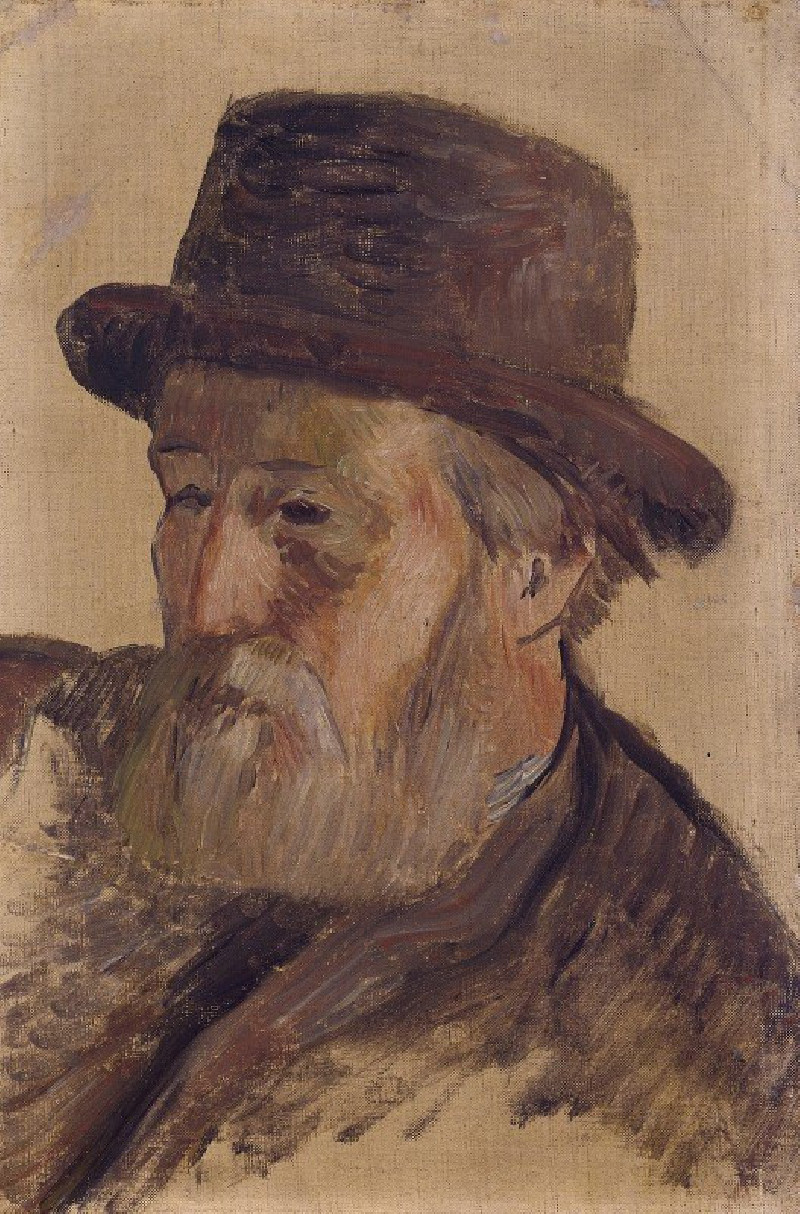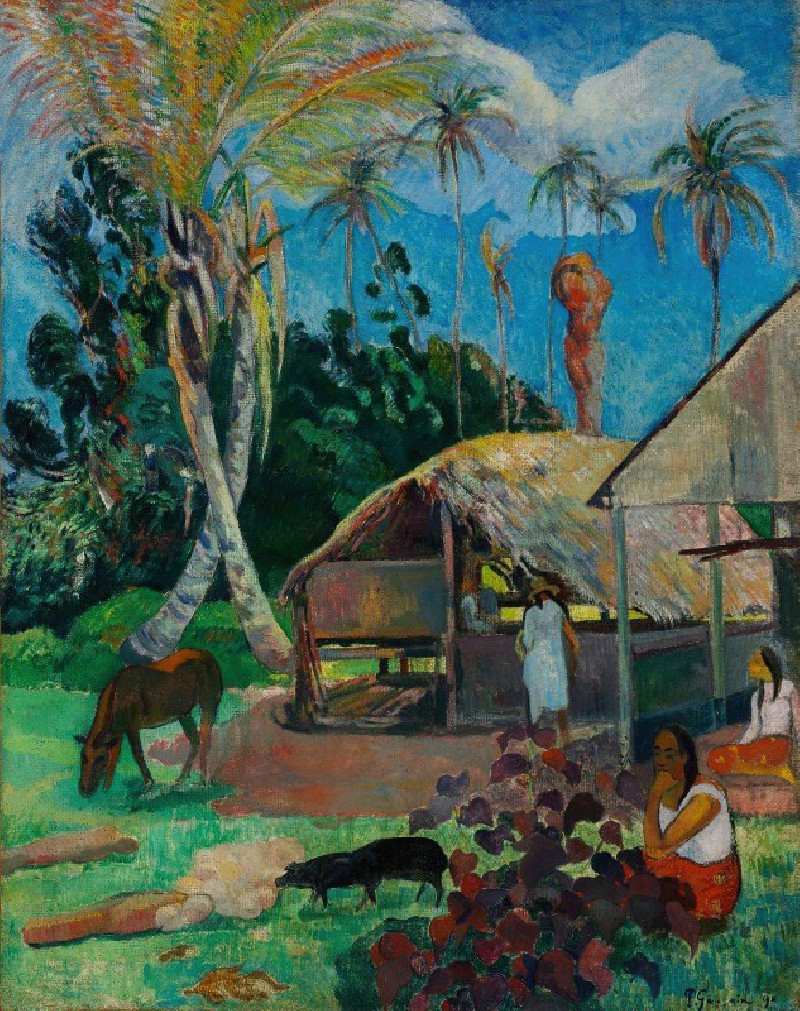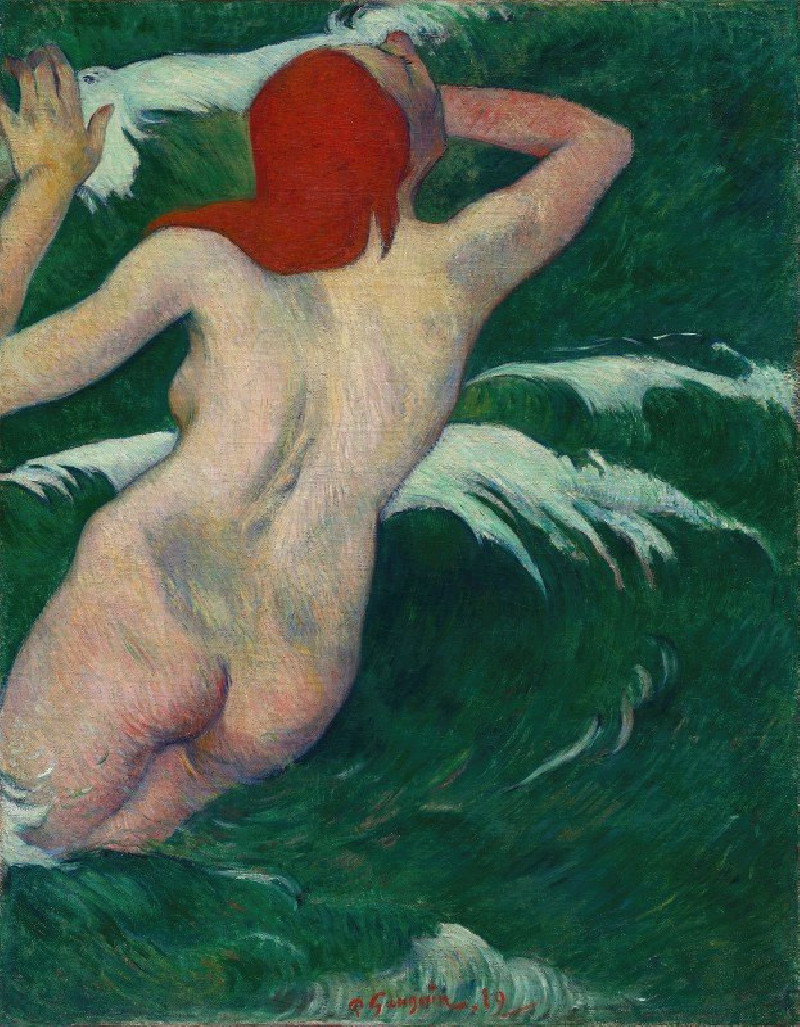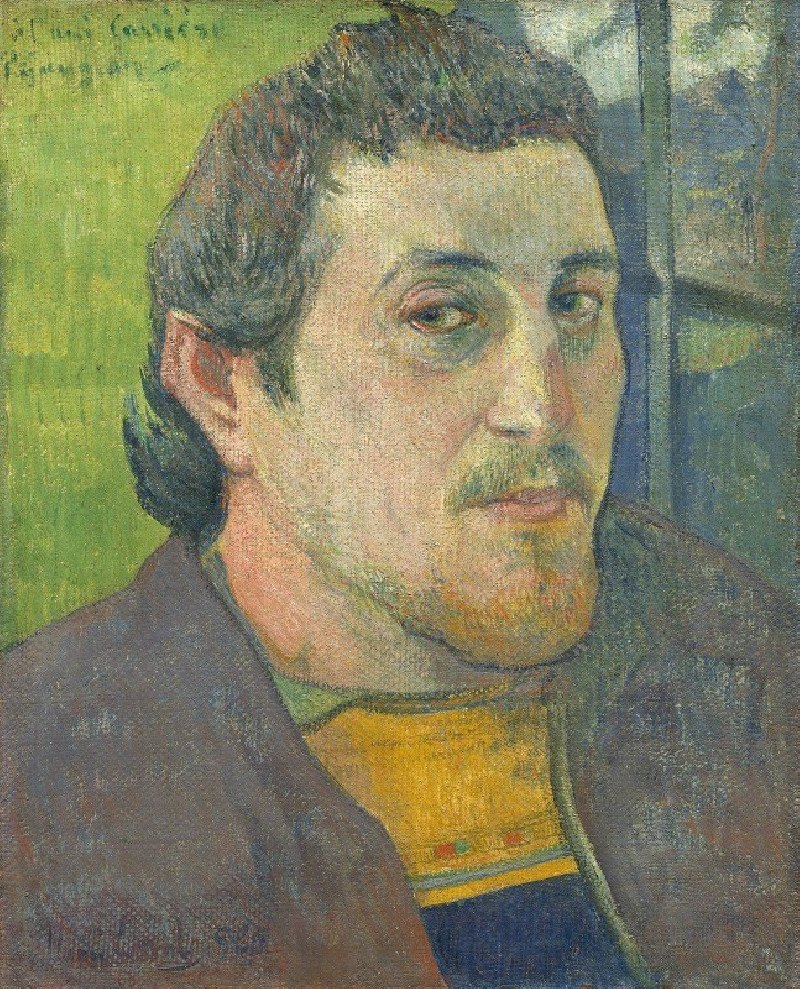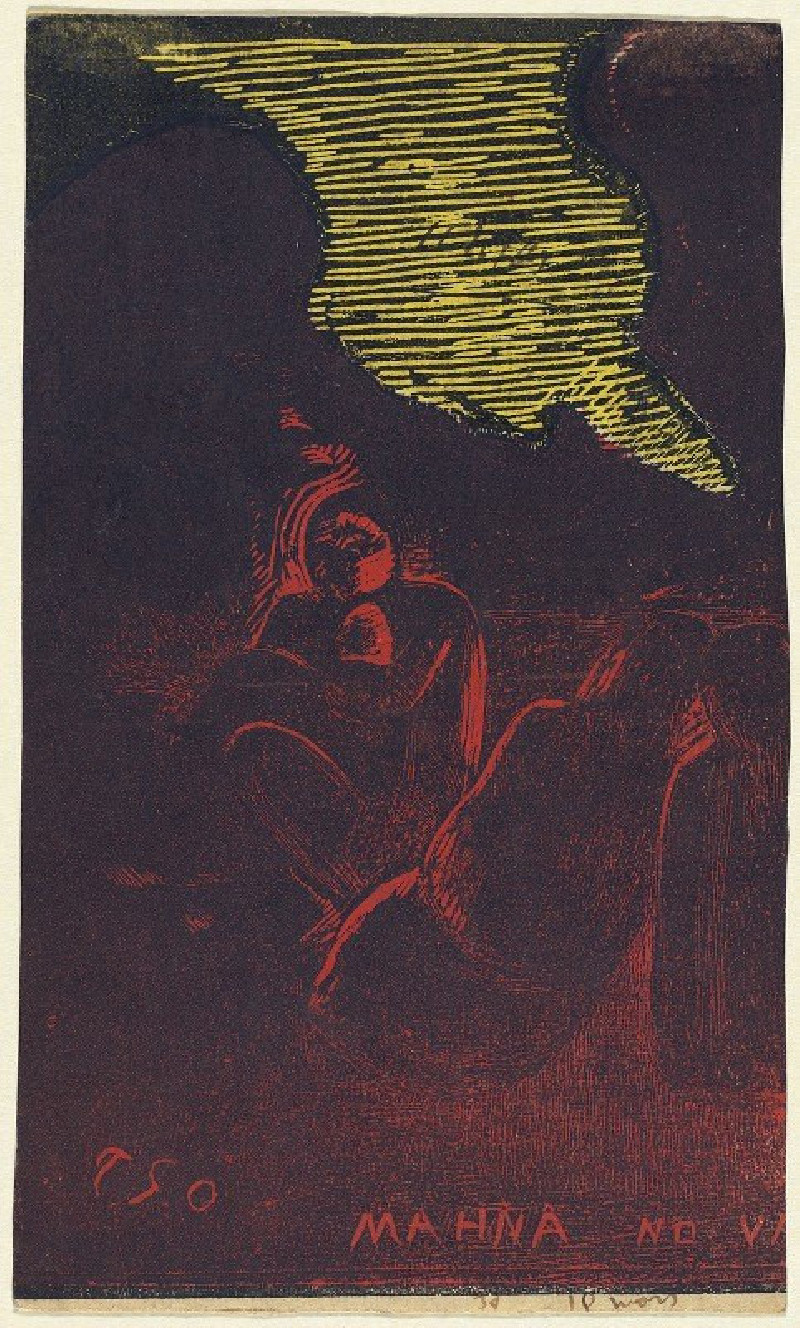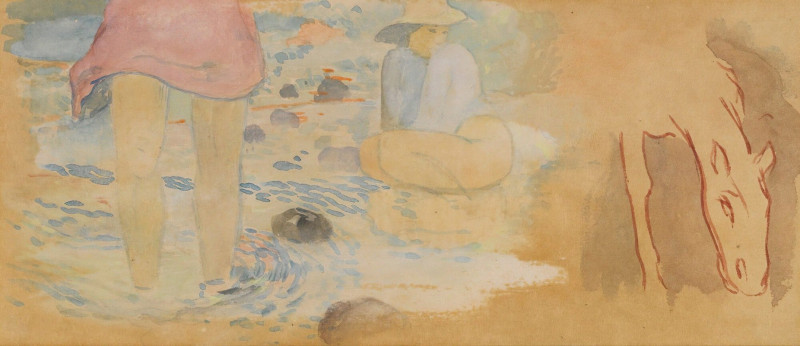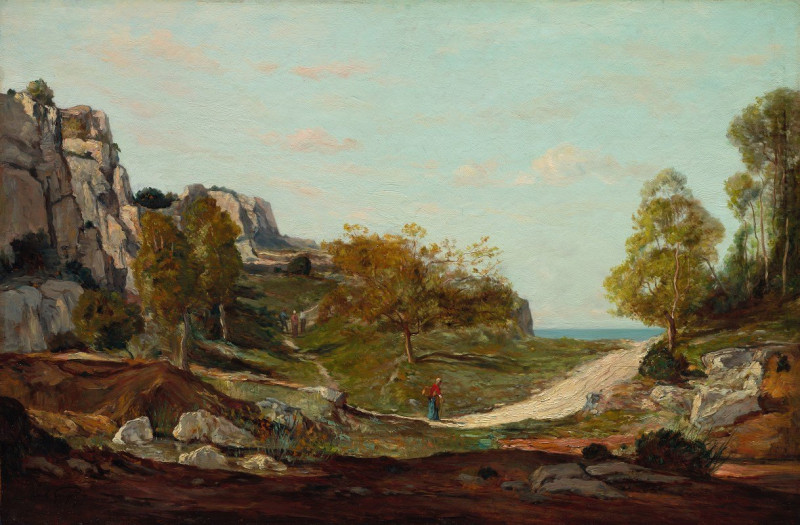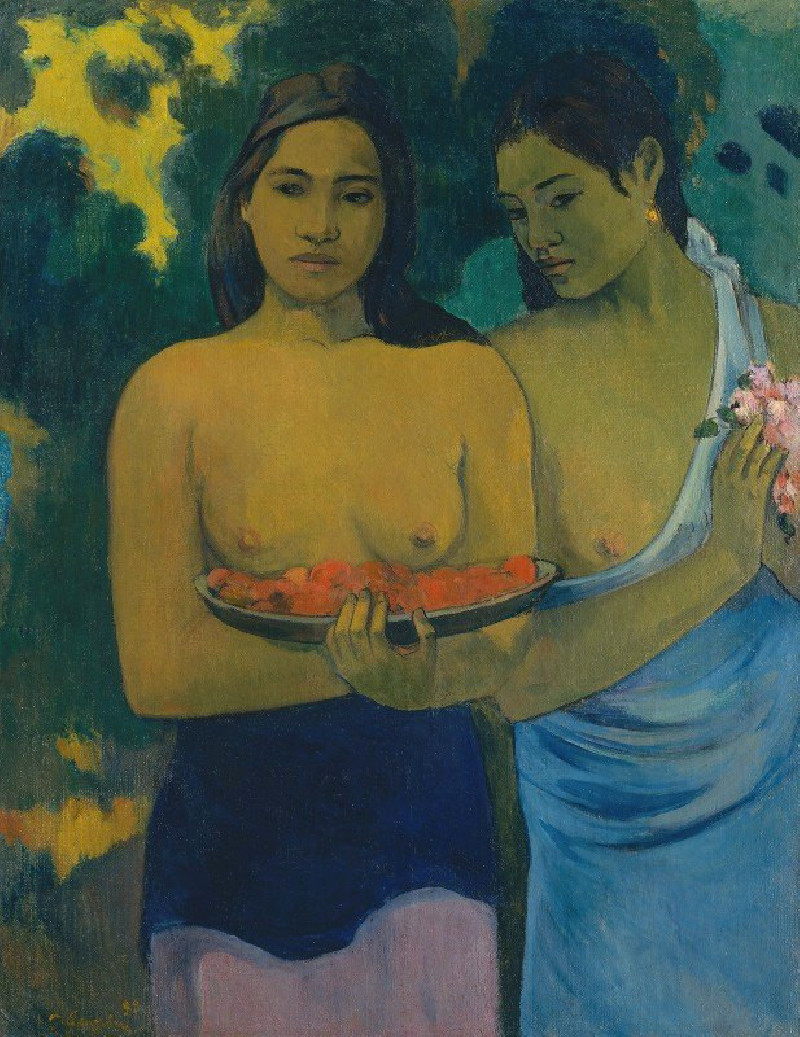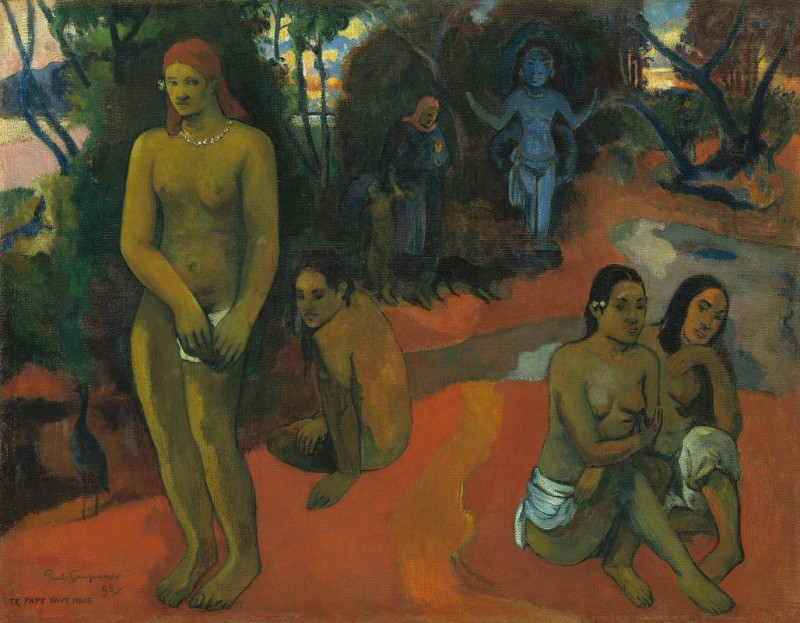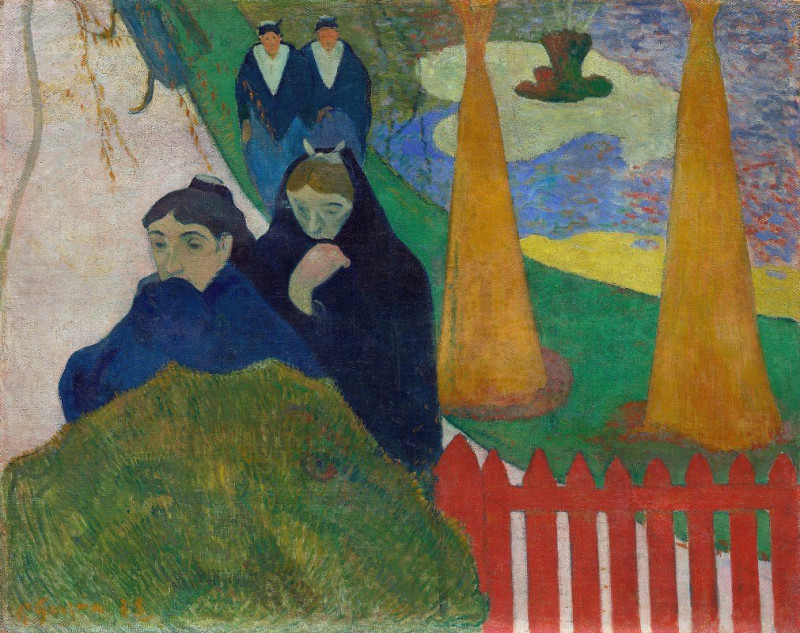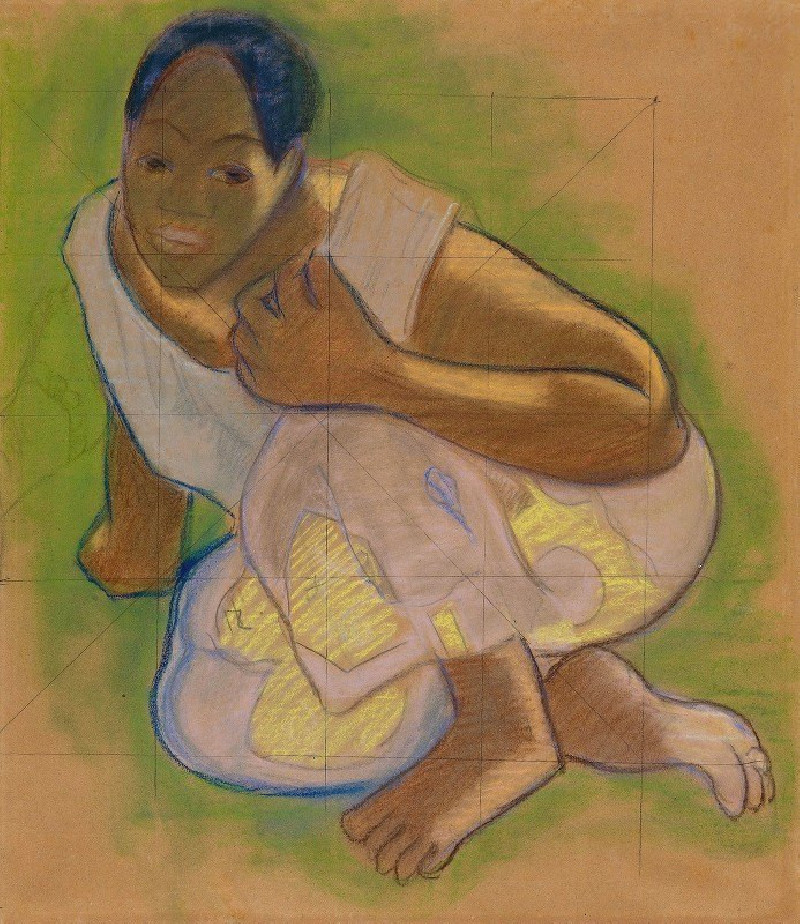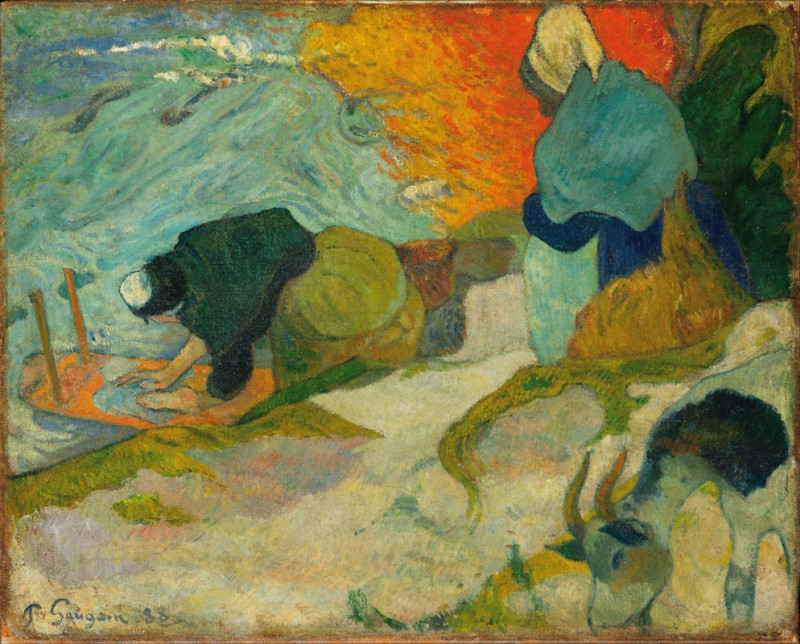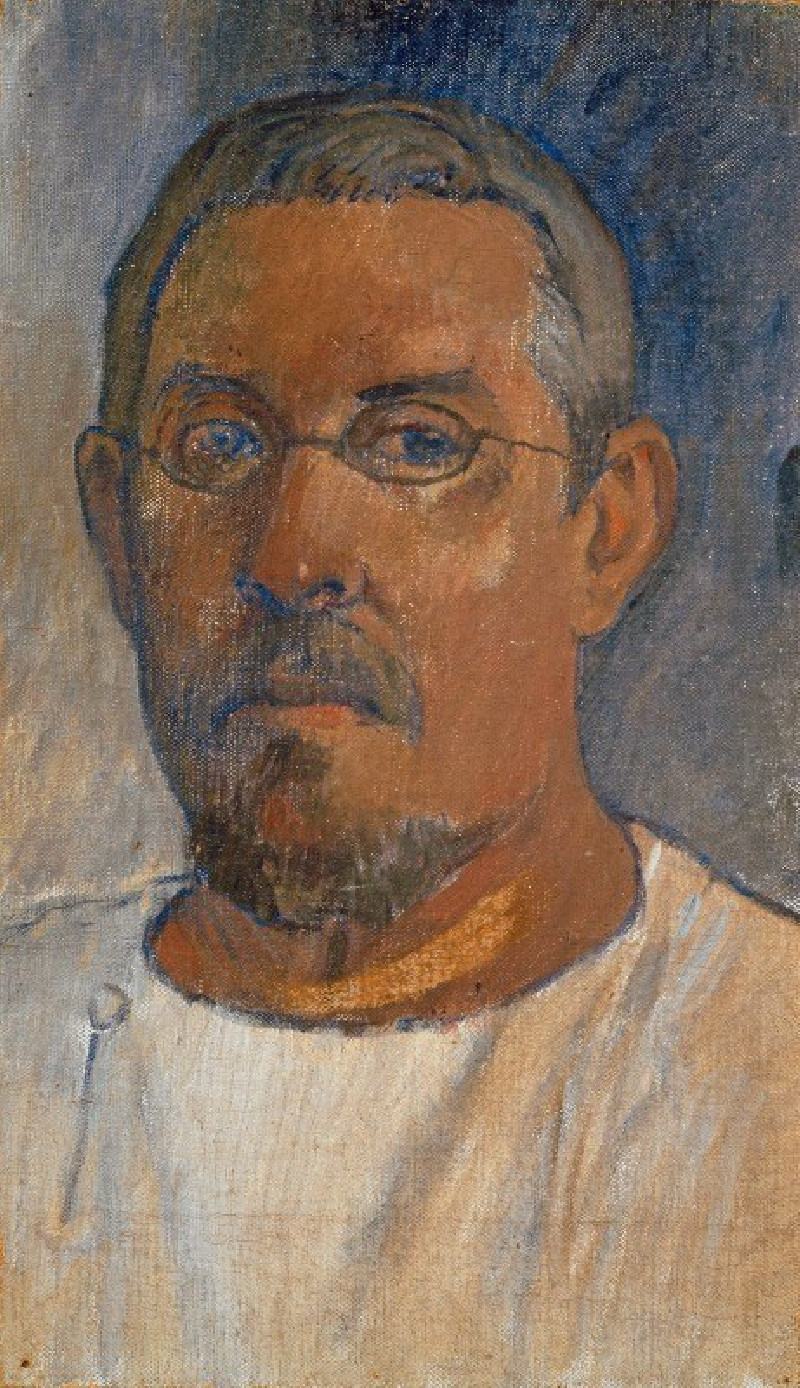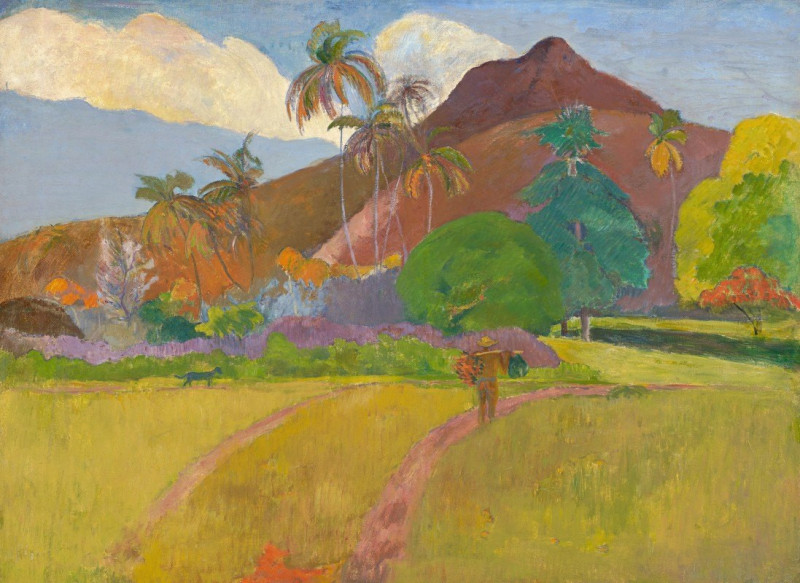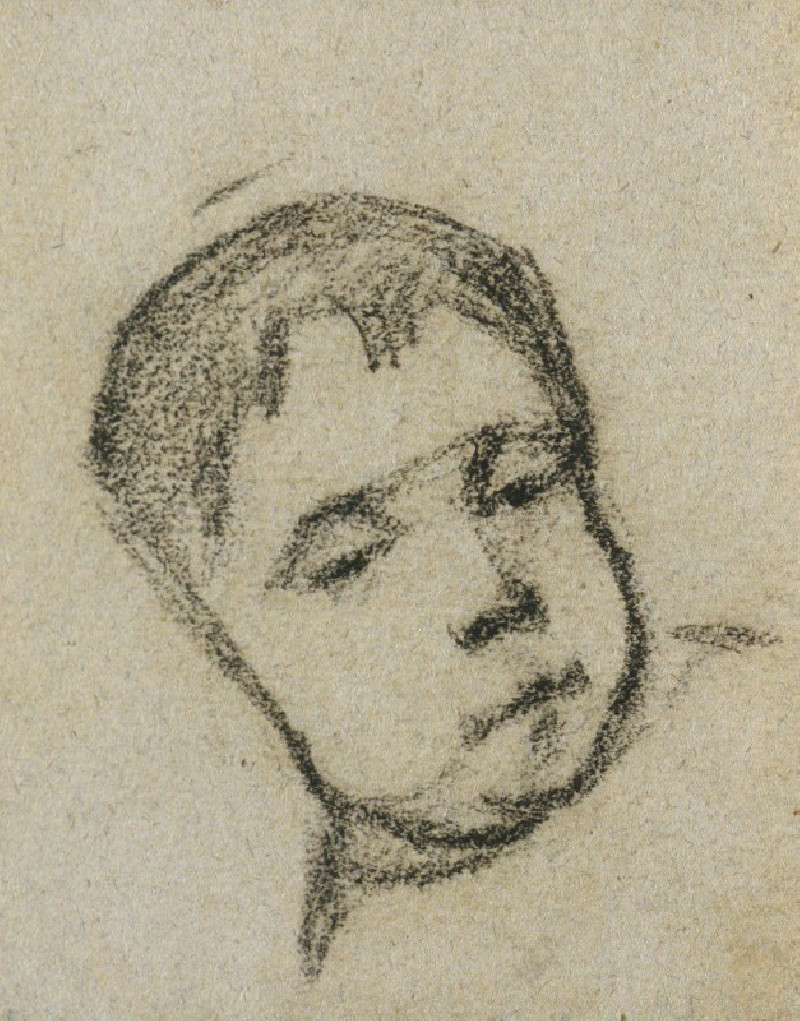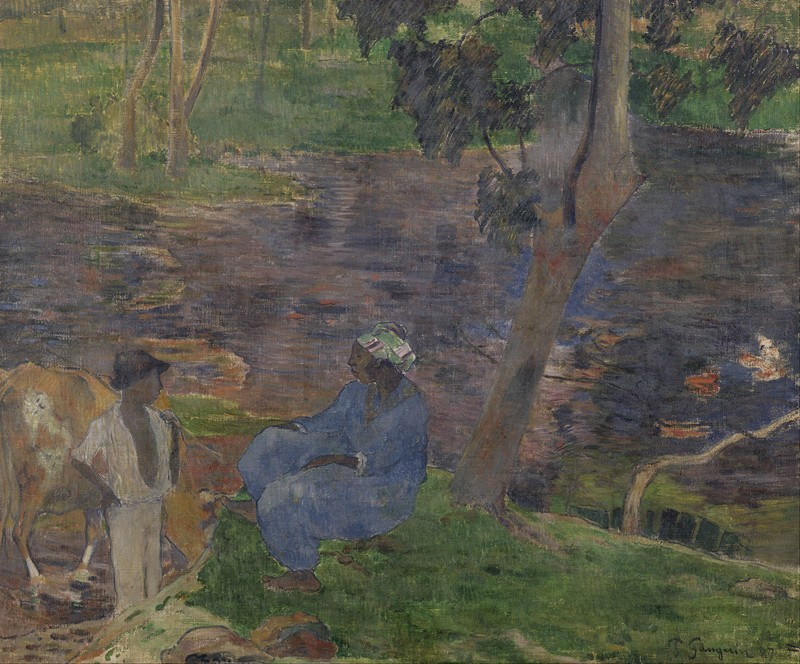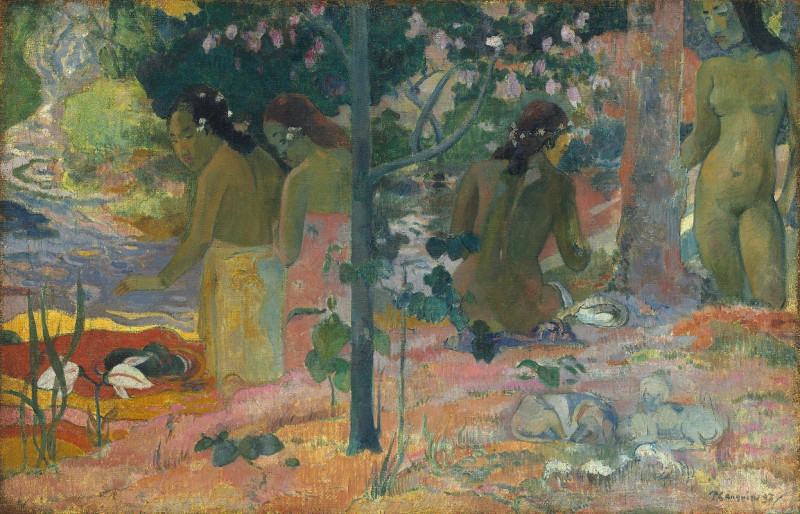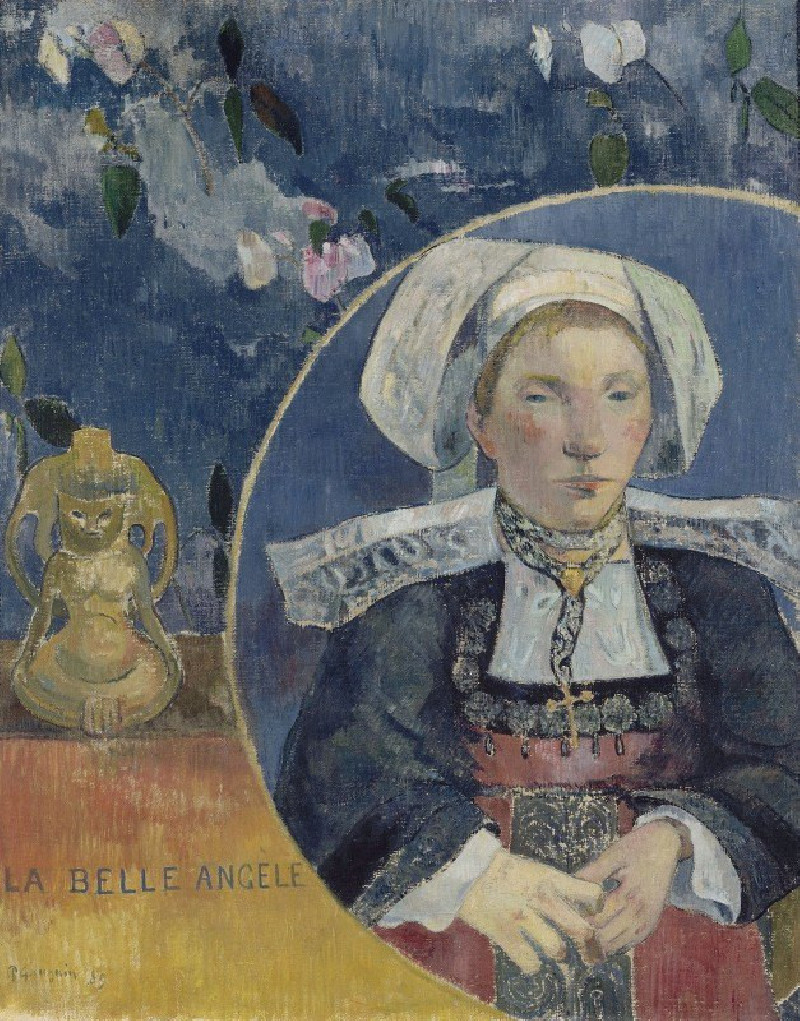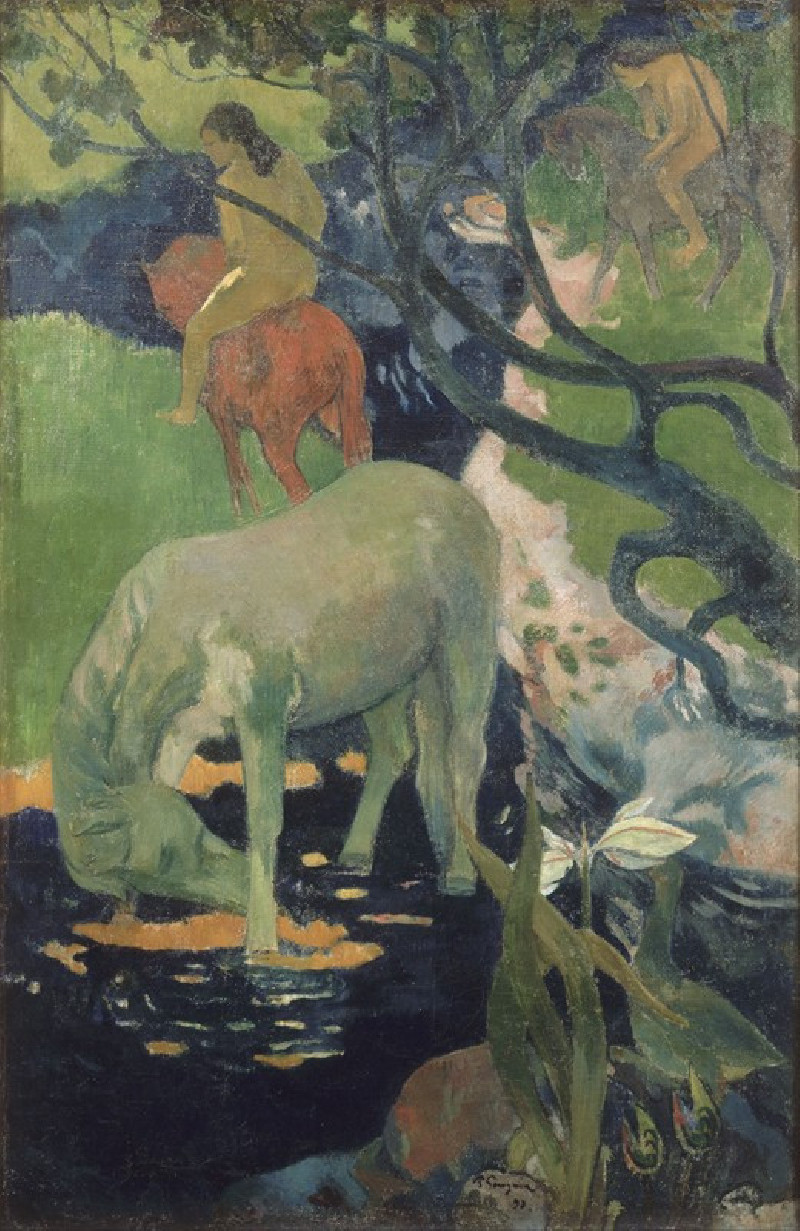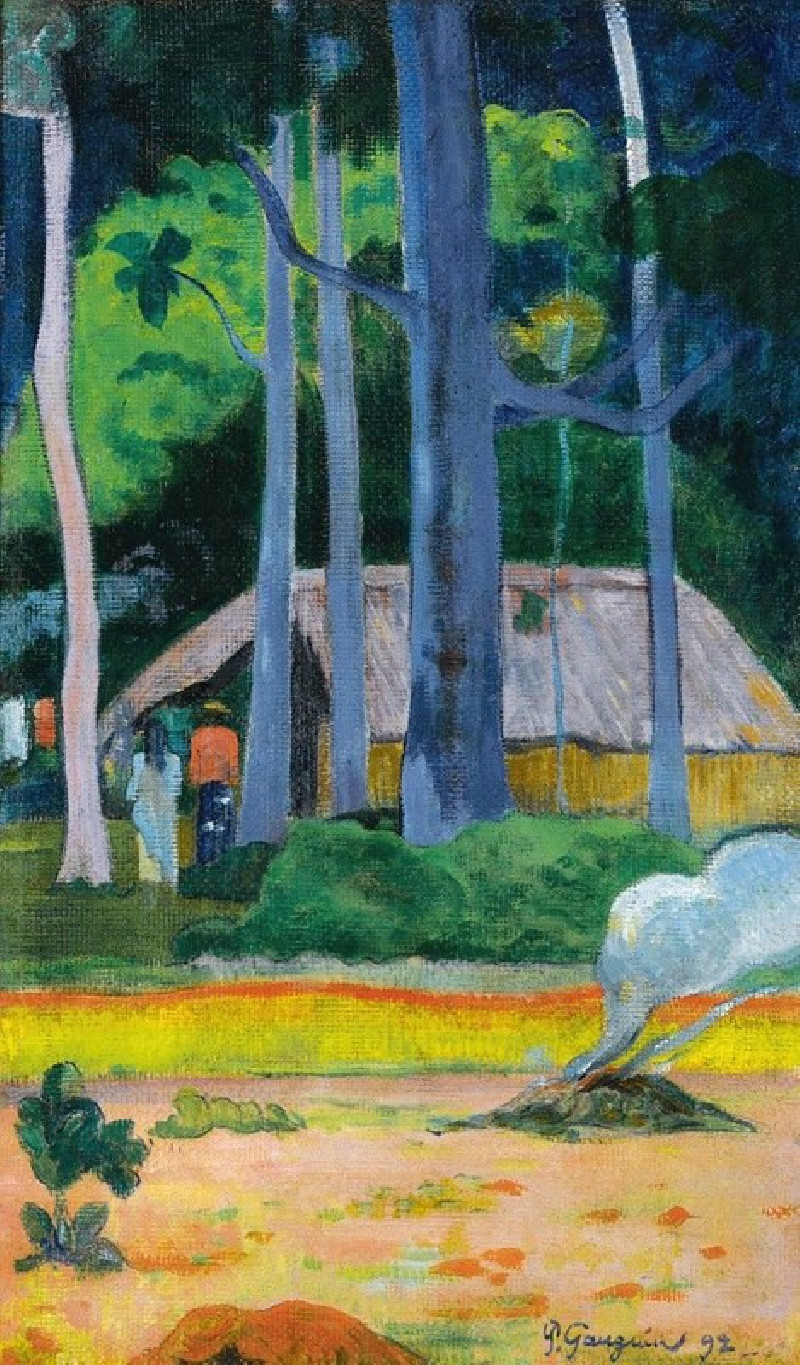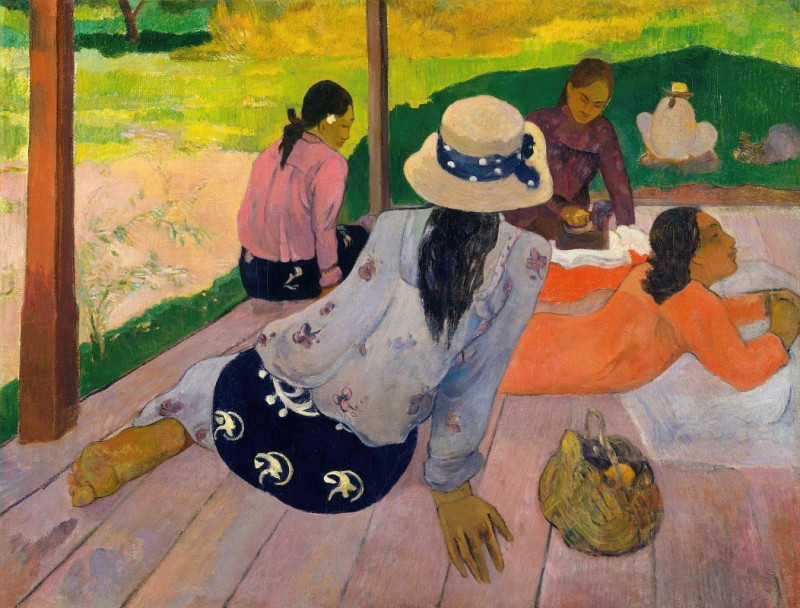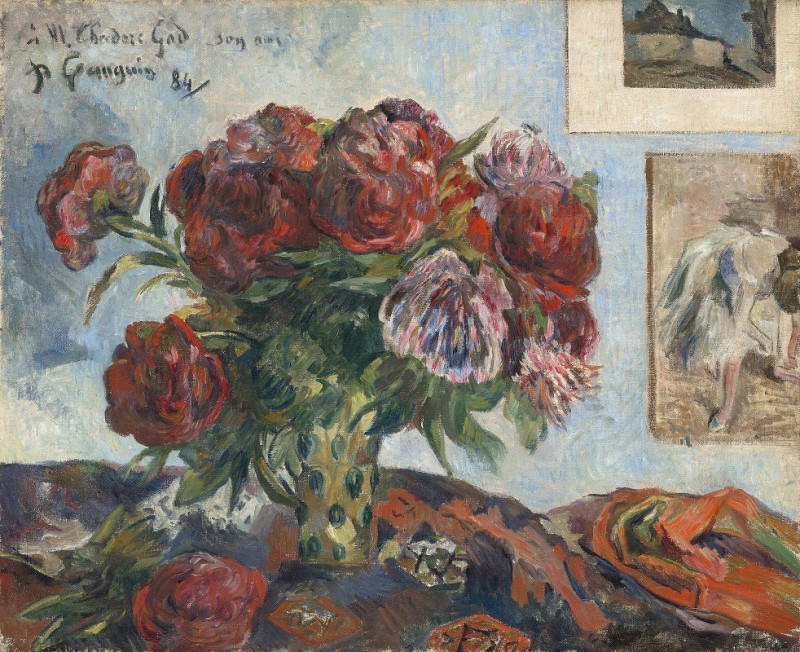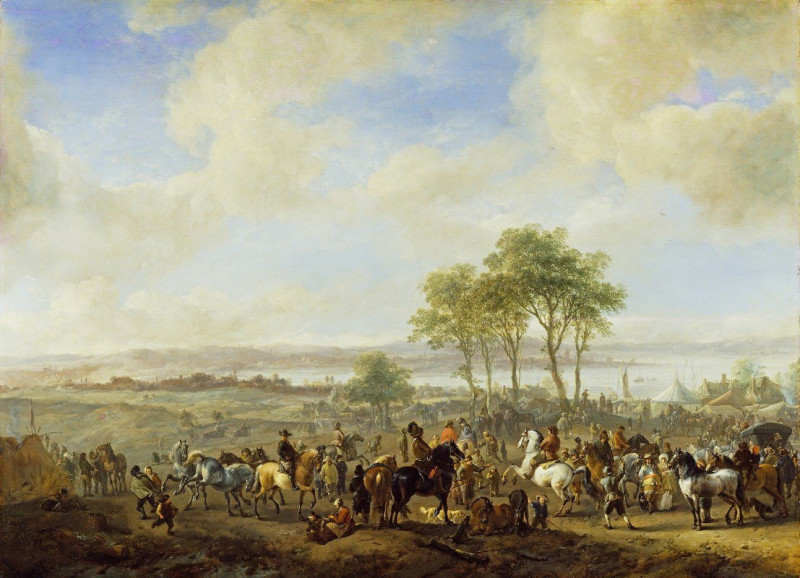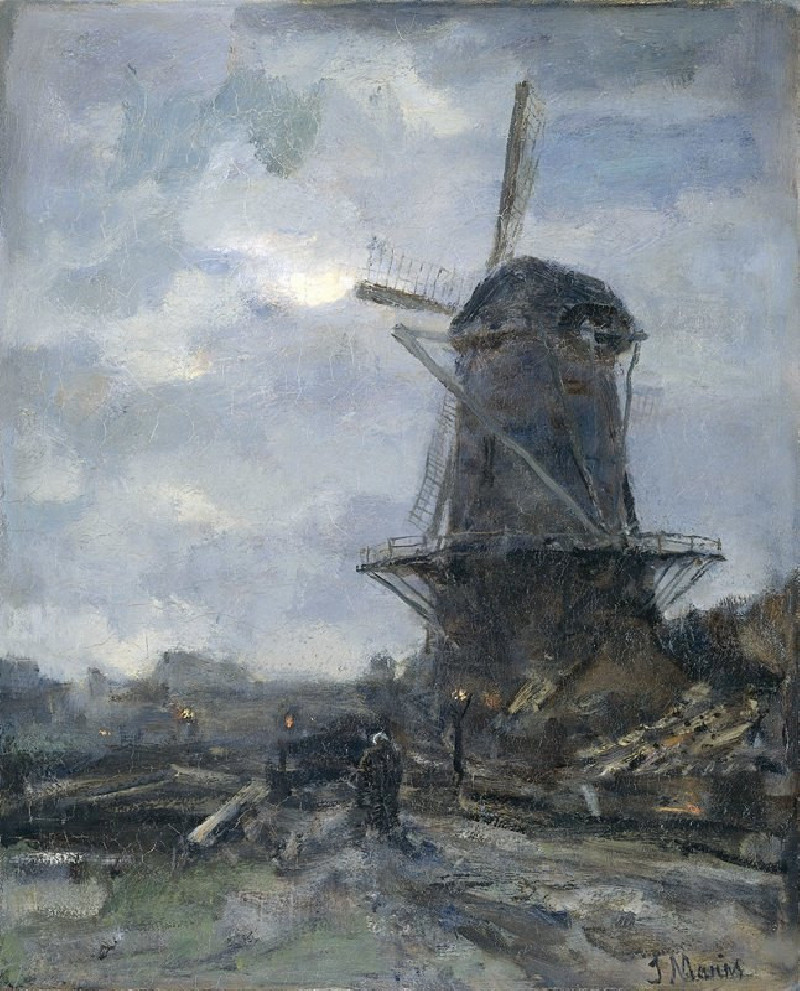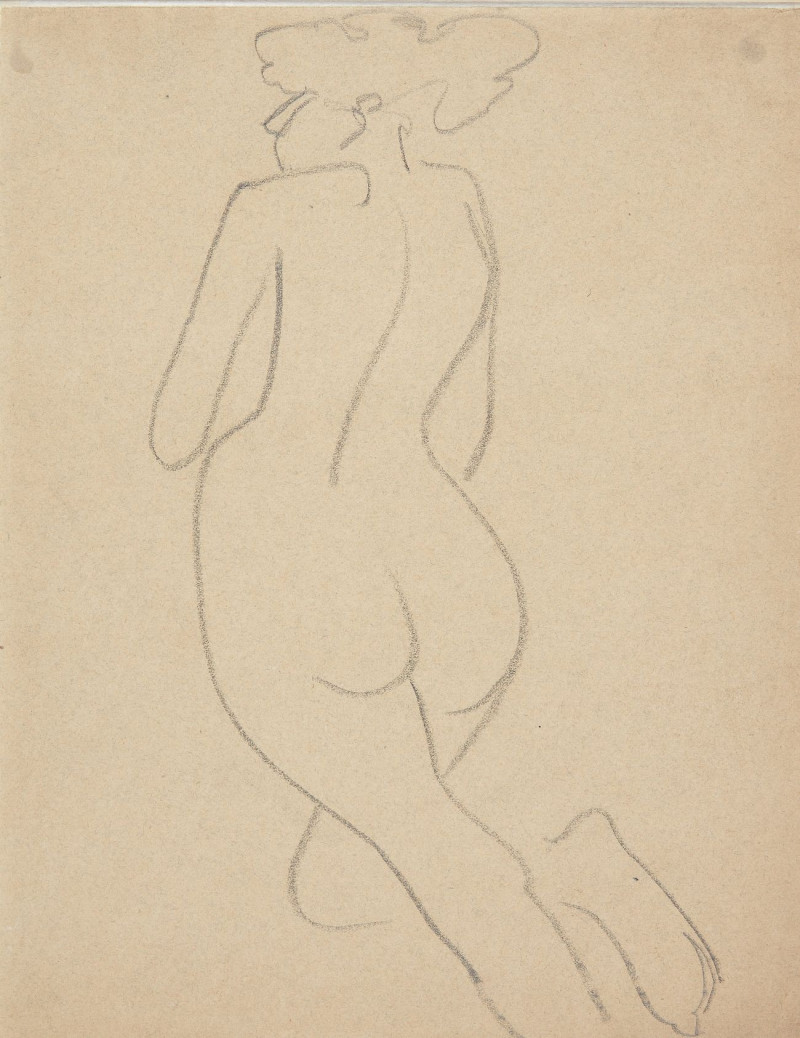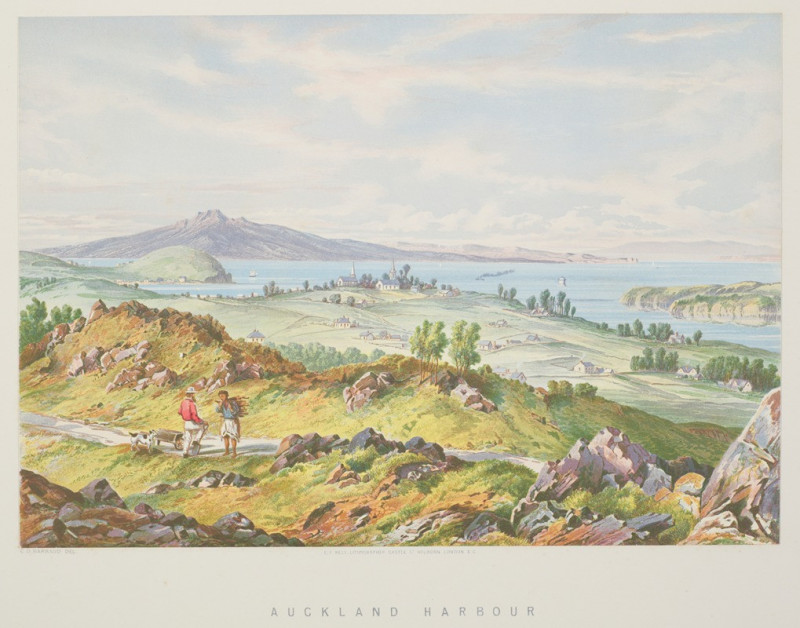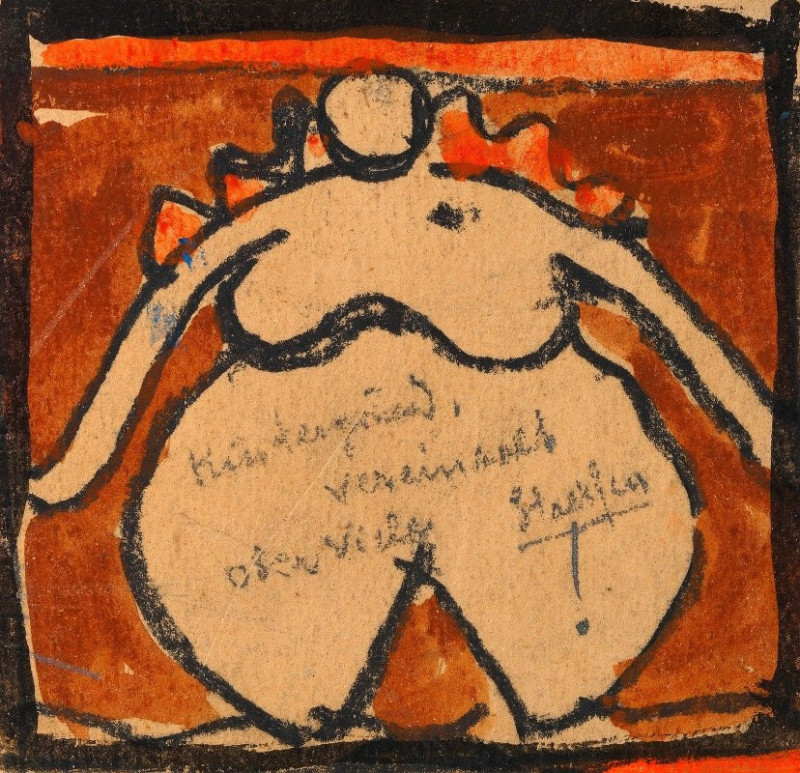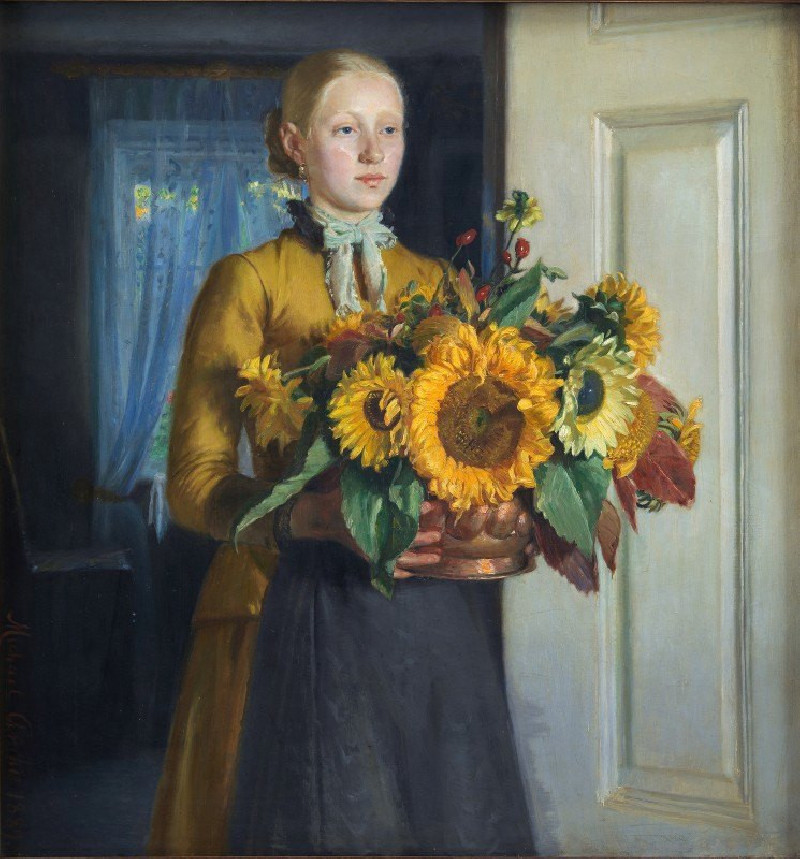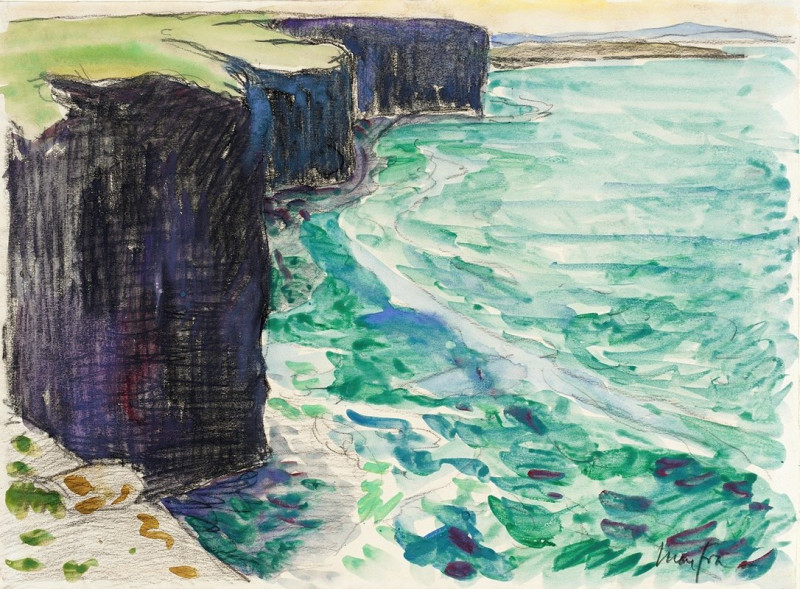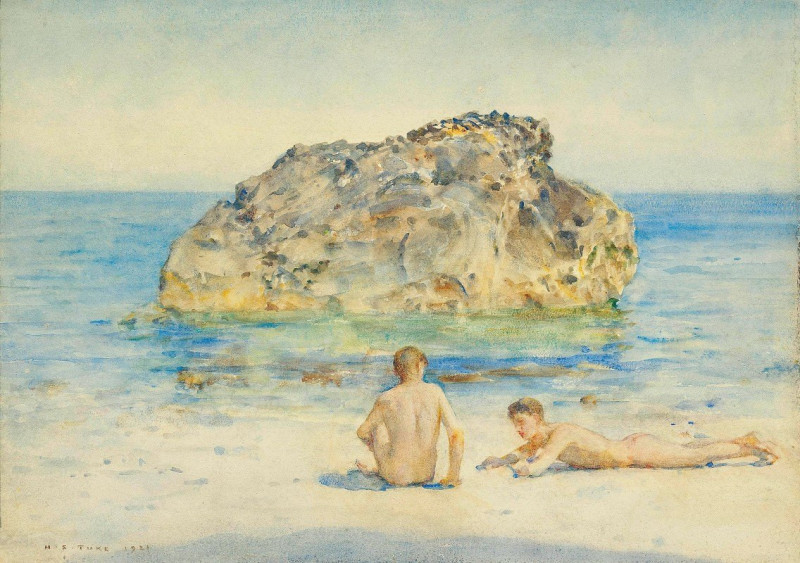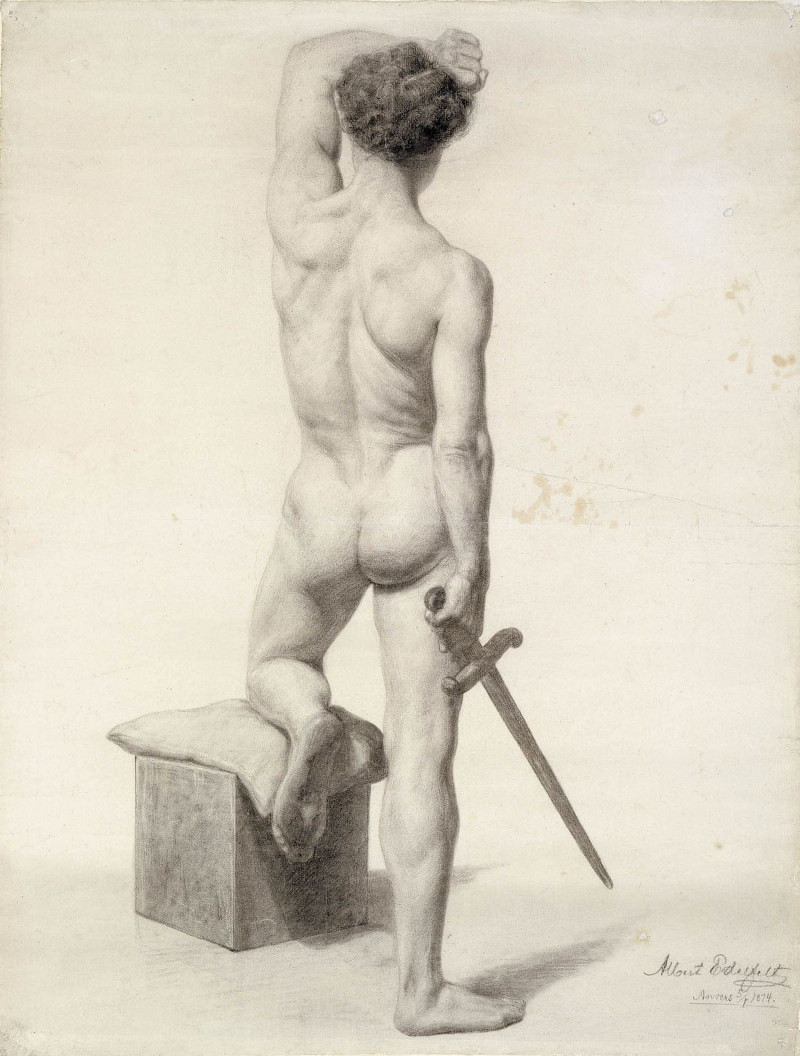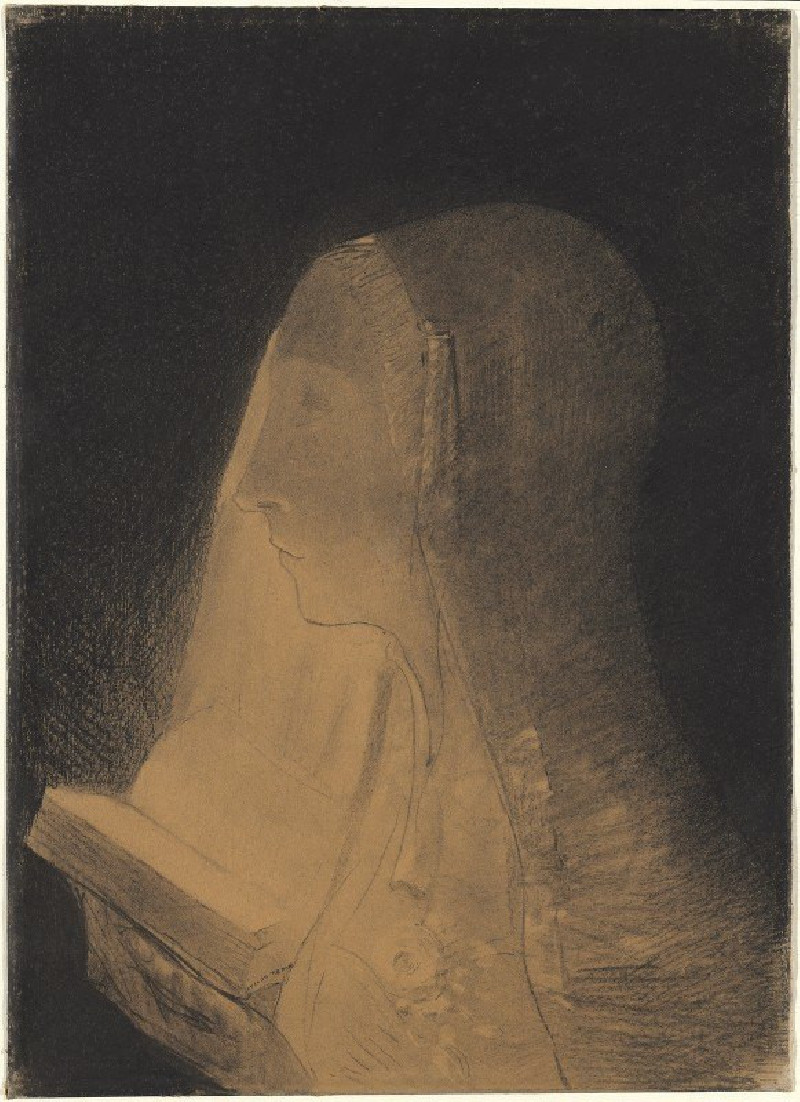Portrait of a Man (c. 1880)
Technique: Giclée quality print
Recommended by our customers
More about this artwork
The "Portrait of a Man" by Paul Gauguin, painted around 1880, is a compelling example of the early work of an artist who would later become famous for his bold experiments with color and form in Post-Impressionism. This painting, however, delves into the subtlety of human expression with a traditional and introspective approach.The man depicted in the portrait carries a reflective demeanor. He appears to be an older gentleman, as suggested by his full beard and the creases lining his face, features highlighted by Gauguin’s realist and slightly impressionist strokes. His eyes, cast slightly downwards, convey a sense of weary contemplation or perhaps a momentary lapse into personal memories. The man's attire, notably a dark coat and a brimmed hat, suggests a sense of formality or the fashion of the times, characteristic of the late 19th century.Gauguin's use of muted earth tones in this painting centers the focus on the subject’s face by softening the background into a blend of indistinct shapes and strokes. This technique enhances the emotional gravity of the portrait, pulling the viewer into a silent dialogue with the man’s thoughtful gaze.This painting not only showcases Gauguin's skills in portraiture but also hints at his future path towards more stylized and symbolic art.
Delivery
Returns
Eugène Henri Paul Gauguin was a French Post-Impressionist artist. Unappreciated until after his death, Gauguin is now recognized for his experimental use of color and Synthetist style that were distinct from Impressionism. Toward the end of his life, he spent ten years in French Polynesia. The paintings from this time depict people or landscapes from that region.

